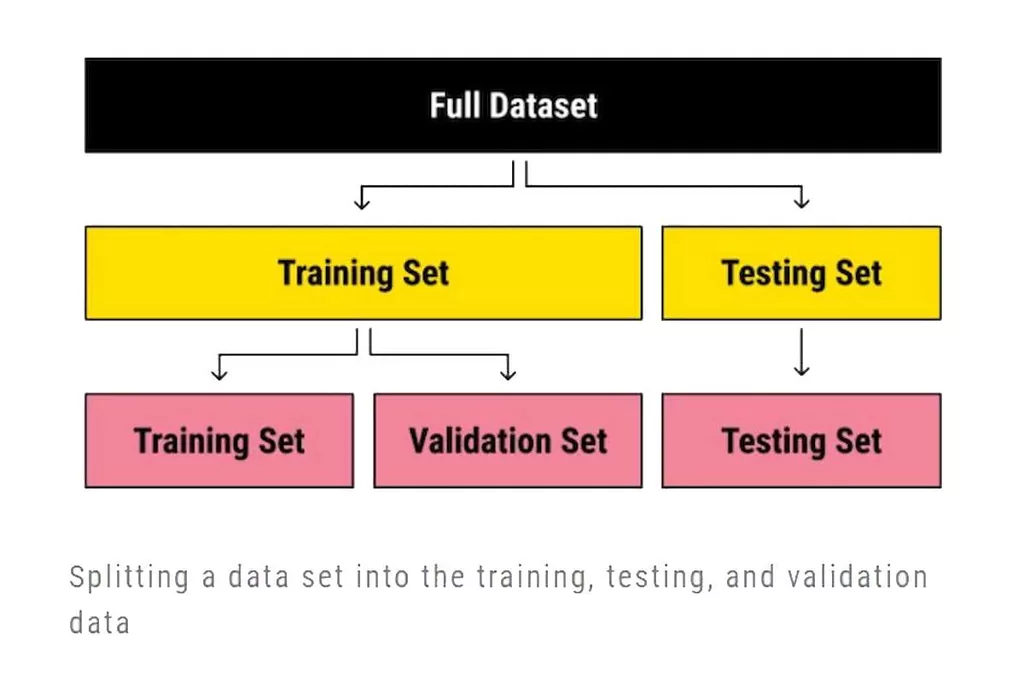The documents describe schemas, queries, and entity relationship diagrams (ERDs) as shown in Figure 7.1. The world of client/server has afforded the developer new opportunities and decisions to make in terms of which toolset to use. When Microsoft Office was first introduced, it was primarily utilized for word processing. ISO defines a configuration as “interrelated functional and physical characteristics of a product or service as described in the configuration information.” Project managers must use the CM process as an
administrative support function to improve the effectiveness of management and

technical activities in the system development process. The Promise theory of configuration maintenance was developed by Mark Burgess,[16][17][18] with a practical implementation on present day computer systems in the software CFEngine able to perform real time repair as well as preventive maintenance.
It is constrained
NASA Scientists Make First Observation of a Polar Cyclone on Uranus
only by contractual provisions, which establish the program life
cycle phase, tasks to be performed and the organization (Government
or contractor) tasked to perform them. In addition to the use of

automated configuration management tools, the process is aided or
facilitated by the documented CM process and open communications. The outputs from this activity provide visibility into CM document,
activity status and configuration information concerning the product
What Are International Financial Reporting Standards (IFRS)?
and its documentation. They also include “metrics” developed from
the information collected in the CSA system and management “prompts”
resulting from analysis of the CM database.
- Most important are a commitment to documenting software, setting standards for the organization, and making them stick that is, adhering to the standards.
- SCM is part of cross-disciplinary field of configuration management and it can accurately determine who made which revision.
- As the analyst or tech writer is developing the tutorial, he or she might just uncover some bugs.
- It is a description that contains the CSCI type (Computer Software Configuration Item), a project identifier and version information.
- The baseline identifies an agreed-to description of attributes of a CI at a point in time and provides a known configuration to which changes are addressed.
The vast majority of organizations lie somewhere in between these two extremes. International companies follow the International Financial Reporting Standards (IFRS), which are set by the International Accounting Standards Board and serve as the guideline for non-U.S. They were established to bring consistency to accounting standards and practices, regardless of the company or the country. IFRS is thought to be more dynamic than GAAP in that it is regularly being revised in response to an ever-changing financial environment. These rules must be codified and deployed to the various members of the development, support, and administrative staffs.
CSA receives information from the other CM and related activities as the functions are performed. This stage involves tracking what each version has and the changes that lead to this version. status accounting Configuration identification is a method of determining the scope of the software system. With the help of this step, you can manage or control something even if you don’t know what it is.
It includes configuration changes and change implementation status, modification status, deviations and waivers for an item, with references to supportive data and documentation. Configuration audits facilitate project management and
technical activities to verify project products. Configuration management (CM) must support the development
project and the environment in which it will be maintained and operated.
See Figure 6.5-4 for an example of a typical configuration change management control process. The configuration management (CM) process
provides the framework for the identification, control, status accounting,
roles and responsibilities, and standards and procedures for developing and
implementing the change control process. NASA has four baselines, each of which defines a distinct phase in the evolution of a product design. The baseline identifies an agreed-to description of attributes of a CI at a point in time and provides a known configuration to which changes are addressed. Baselines are established by agreeing to (and documenting) the stated definition of a CI’s attributes.
These methods include bar coding and the interrogation of embedded identification via on-equipment data buses and on-board support equipment. The technology for this process is now commonplace in the commercial personal computer industry and the automotive industry. In Software Engineering, Software Configuration Management(SCM) is a process to systematically manage, organize, and control the changes in the documents, codes, and other entities during the Software Development Life Cycle. SCM is part of cross-disciplinary field of configuration management and it can accurately determine who made which revision.
The CM plan may be a standalone document or it may be combined with other program/project planning documents. It should describe the criteria for each technical baseline creation, technical approvals, and audits. All of the information required to accomplish the complete CSA function can be captured and supplied using commercial configuration management and product data management tools. Programmers usually, although not always, initiate their programming assignment by drawing one or more flowcharts that diagram the “nuts and bolts” of the actual program. The key difference to configuration management for Agile projects is in the identification step.

This is done through configuration status accounting (CSA) via a knowledge base that is generally automated through the use of a CM toolset. Because the complexion of the objects about which status accounting information is collected changes during the item life cycle, as shown in Figure 6.2, the specific outputs will vary. The inputs and outputs in Figure 6.1 may be thought of as generic categories for which there are different specifics in each phase. The high-level summary of CSA tasks shown in the center of Figure 6.1 reflects the functional performance capabilities of a complete CSA process. Any change in the software configuration Items will affect the final product. Therefore, changes to configuration items need to be controlled and managed.
Change control is a procedural method which ensures quality and consistency when changes are made in the configuration object. In this step, the change request is submitted to software configuration manager. Distributed documents must be organized such that users and programs are able to locate, track, and use online documents. The growth of networking brings with it a corresponding increase in the number of documents to be organized. Current document organization techniques are derived from techniques used in file systems and are not sufficient for organizing the large number of heterogeneous documents that are becoming available for various purposes. Most systems are built using a client/server metaphor that is quite interactive.
